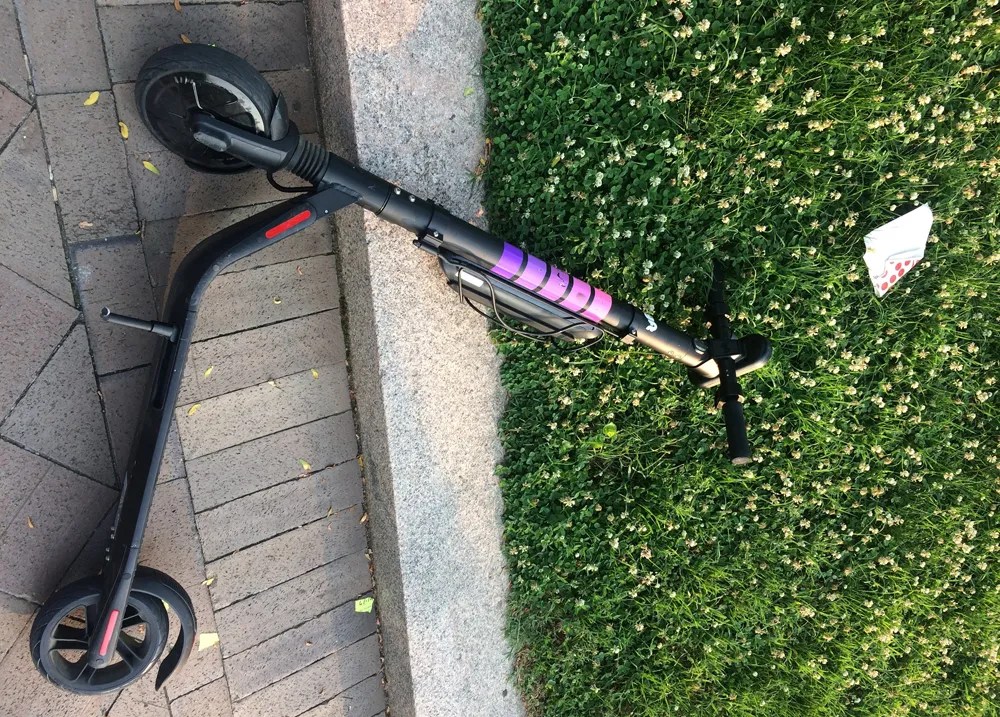Last year (2015) was a record-breaking year for toll road, bridge and tunnel usage according to a new report from the International Bridge, Tunnel and Turnpike Association (IBTTA). The National Toll Facilities Usage Analysis found that drivers' use of toll roads increased by seven per cent between 2014 and 2015, a record-breaking rate of growth that puts tolling usage on pace to double in less than ten years, says IBTTA.
The analysis was compiled by collecting data from 31 toll-operated facilities acros
April 1, 2016
Read time: 2 mins
Last year (2015) was a record-breaking year for toll road, bridge and tunnel usage according to a new report from the 3804 International Bridge, Tunnel and Turnpike Association (IBTTA). The National Toll Facilities Usage Analysis found that drivers' use of toll roads increased by seven per cent between 2014 and 2015, a record-breaking rate of growth that puts tolling usage on pace to double in less than ten years, says IBTTA.
The analysis was compiled by collecting data from 31 toll-operated facilities across the country in February 2016. That information shows that drivers on the 31 toll facilities surveyed took five billion trips with toll transactions in 2015, an increase of 328 million or seven per cent from 2014 to 2015.
All but one of the 31 toll facilities in the survey reported an increase in traffic volume. About two-thirds of the toll authorities said they had record-breaking years in 2015, recording the largest traffic volume in their history, while approximately one-third of the facilities in the national survey reported double-digit percentage increases.
"From the research, it's clear that not only are more people travelling on our roads and bridges, but that toll road use has increased significantly," said Earl J. “Buddy” Croft III, executive director of the Rhode Island Turnpike and Bridge Authority (RITBA) and president of IBTTA. "Clearly, drivers recognize the benefits of toll roads -- the ease of use provided by electronic payment methods, the trip time-saving benefits and the improved safety that a well maintained toll facility provides."
"One of the more interesting findings is that while the Northeast U.S. has the longest history with toll roads, 10 toll authorities in the South and West showed the largest increase in trips and transactions," said Patrick D. Jones, executive director and CEO of IBTTA.
The IBTTA findings parallel recent324 US Department of Transportation data of 22 February 2016 that showed Americans drove 3.1 trillion miles last year, making 2015 the most heavily travelled year in US history. In 2014, Americans drove three trillion miles, representing a 3.3 per cent increase in traffic from 2014 to 2015.
The analysis was compiled by collecting data from 31 toll-operated facilities across the country in February 2016. That information shows that drivers on the 31 toll facilities surveyed took five billion trips with toll transactions in 2015, an increase of 328 million or seven per cent from 2014 to 2015.
All but one of the 31 toll facilities in the survey reported an increase in traffic volume. About two-thirds of the toll authorities said they had record-breaking years in 2015, recording the largest traffic volume in their history, while approximately one-third of the facilities in the national survey reported double-digit percentage increases.
"From the research, it's clear that not only are more people travelling on our roads and bridges, but that toll road use has increased significantly," said Earl J. “Buddy” Croft III, executive director of the Rhode Island Turnpike and Bridge Authority (RITBA) and president of IBTTA. "Clearly, drivers recognize the benefits of toll roads -- the ease of use provided by electronic payment methods, the trip time-saving benefits and the improved safety that a well maintained toll facility provides."
"One of the more interesting findings is that while the Northeast U.S. has the longest history with toll roads, 10 toll authorities in the South and West showed the largest increase in trips and transactions," said Patrick D. Jones, executive director and CEO of IBTTA.
The IBTTA findings parallel recent










